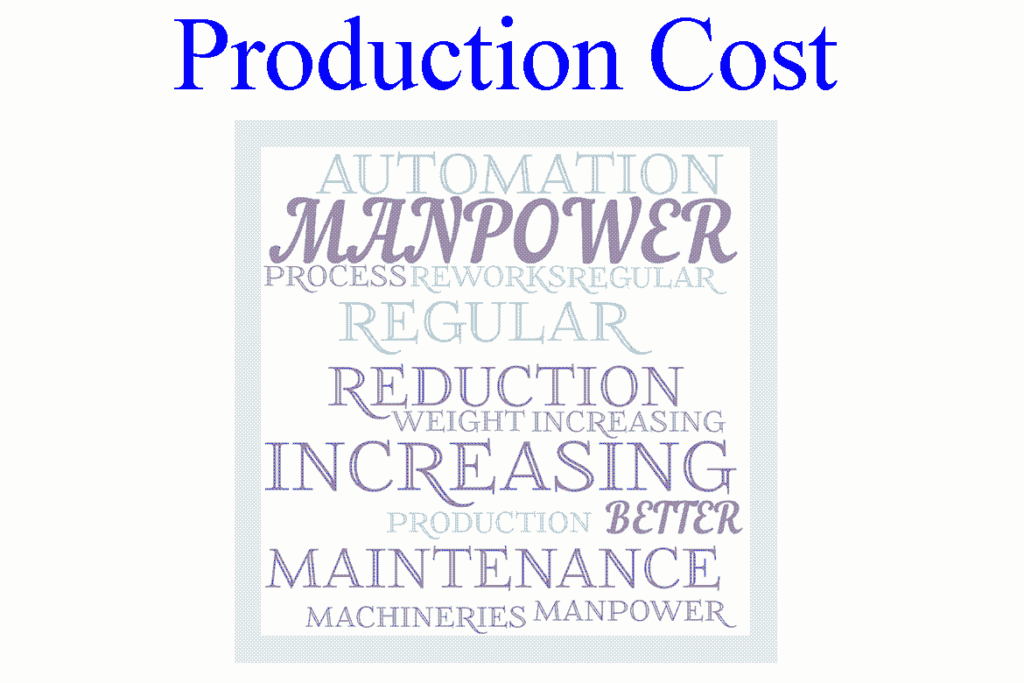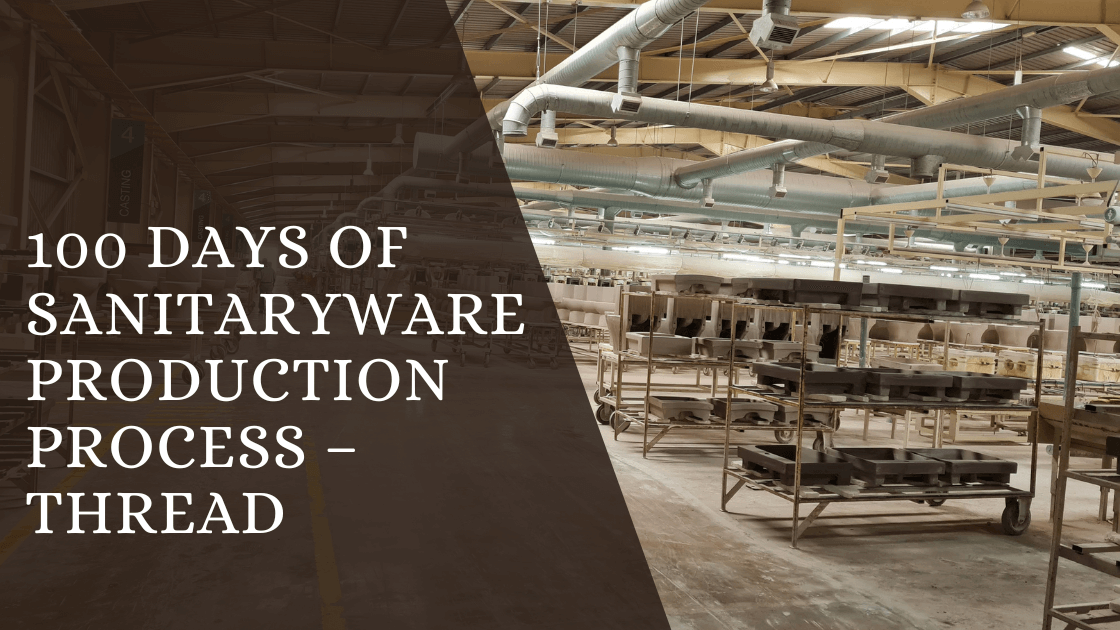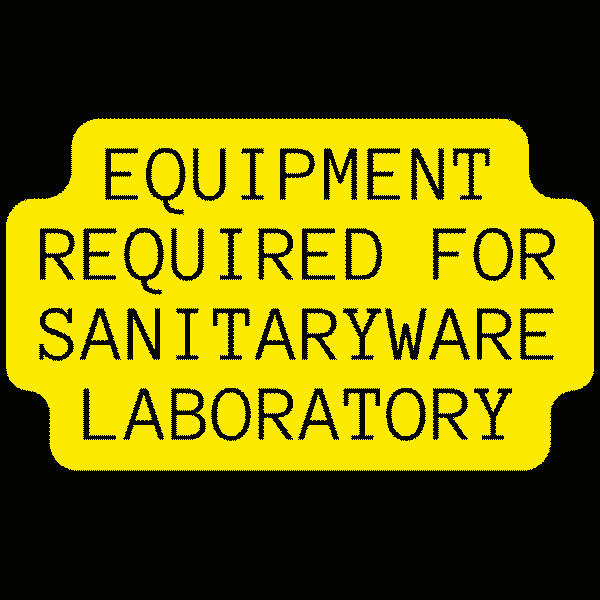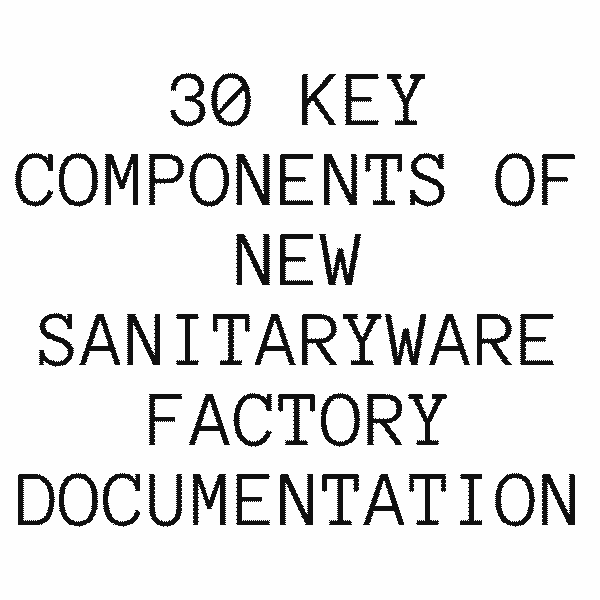10 Ways to Reduce Production Cost of Sanitarywares
The sanitary ware production industry is experiencing rapid growth, intensifying competition. To thrive in this dynamic environment, company must adeptly manufacture products at a lower cost than competitors. A key strategy for gaining a competitive edge is delivering a cost-effective product, ensuring substantial profits to the distributors. To achieve this, it is crucial to identify and address factors that can contribute to the reduction of production costs in the sanitary ware manufacturing industry.
The production cost per tonnage varies across countries due to factors such as raw material availability, fuel costs, and manpower expenses. Given the dynamic nature of the industry, the pursuit of cost reduction is an ongoing endeavor. Let’s delve into specific points that warrant our attention as we aim to streamline and minimize production costs in the sanitary ware manufacturing sector.
[toc]

Rejection Reduction:
One of the major and well know factor is reducing the rejects in every stage of the process. Only two types of loss in the sanitaryware industry one is green rejects another one is fired rejects. Rejection before kiln is know as green rejects and after firing rejects are known as fired rejects. Reducing the reject in the fired stage is very important as it is total loss to the company and cannot be recycled. Even it adds cost to dispose the rejected wares like Transportation, crushing and disposing. So reducing reject in firing is much important. It is good to reject the pieces in green stage to avoid this loss. Because Green rejection can be recycled and only process cost lost not material cost or firing cost. Hiring a sanitary ware consultant can be a good idea too. Check out List of sanitaryware defects in sanitary ware process.
Optimum Utilization of Machineries & Manpower:
Reducing process time and maximizing the output from the machinery and manpower will reduce the process cost per product. For example if factory having high pressure casting machine then it must be utilized at optimum level to get maximum output from that machine per day. When I am working in Saudi ceramics sanitaryware plant I have made some technology process changes in machine and manpower allocation which increased 15% production per day(from 5100 Pcs to 5900 Pcs). It made a huge change. All machinery like kiln, Driers, Robots, Casting machines and etc… must be utilized at optimum level to reduce the cost of production.
Weight Reduction:
Reducing the product weight will automatically reduce the production cost of that product. Because the raw material used, fuel used for firing, Transportation charge and other factors related to weight of the product will be reduced. Weight reduction of the product can be achieved by model modification. A weight of the product can reduced by reducing the thickness of the solid casting areas and removing the unnecessary area from the product. Normally a 10 percent weight reduction can be achieved by this method. Reducing the plaster mould thickness can also reduce the process cost but it will be minimum. A plaster mould thickness should be around 55mm. If it is more than that it can be reduced. It will help to reduce the plaster cost as I said before it won’t be much.
Process Improvements:
Some of the process improvements will reduce the production cost greatly. Some of the examples are,
- Reducing the Power consumption in factory without affecting the process steps.
- Reducing the setter loaded in kiln to reduce the fuel consumption.
- Advancing in production techniques like bench casting to battery casting.
- Minimizing deviation points in specification.
- Creating a foolproof process.
- Maintaining a minimum inventory level to avoid lot investment
Increasing Production:
Increasing the production will reduce the production cost. Because every company will have security persons, human resource persons, managers, lights in street and etc… Like this static cost will be there. Increasing 10% or more in production will not have any change in static cost so automatically overall costs will reduced. For example, if one person traveling in a car for 100 Km then the driver charge and fuel cost will be X. If in the same car 4 people is traveling mean per person cost will be X/4. So automatically cost reduced if static cost is divined by more heads.
Avoiding Reworks:
Reworking in any production process will add production cost. In sanitaryware production steps must be taken to reduce the faulty. Two types of faulty to be reduced: 1) faulty after firing, 2) Faulty after casting process. Even though faulty increases the cost of production it is necessary to repair it and send to reduce the cost. So steps must be taken to reduce the faulty and also repairing to be done as much as possible after casting process and after firing so the product will reach next process. Reducing the rework will reduce manpower cost, raw material & process cost.
Manpower:
A big no, no for reducing man power for process cost. Because one supervisor will not cost more than 10 sanitaryware loss. But keeping qualified and dedicated employees is must and it will help to reduce the production cost by controlling the process. Keeping talented person in company will help to achieve low cost and high quality products.
Better Raw material Replacement:
Find a better raw material replacement will reduce defects and reject. The raw material can be much higher cost but it reduces the defects and rejects then it automatically reduces the overall production cost. If raw material replaced is much lower cost than the present raw material cost which is not affecting any quality issue then it will also reduce the production cost of the product.
Increasing Automation:
Increasing automation in process will reduce the space and as well as cost of the product by reducing the man power cost. Possibility of introducing automation in process may vary from place to place. Because man power cost and fuel cost will vary from country to country. Example china, India and some countries can go well with less automation and more man power to reduce the process cost. But Countries in Middle East and Europe can go well with automation to reduce the process cost because the man power cost is higher. Some of the automation possibilities listed below.
- Upgrading bench casting to low pressure and high pressure casting machines.
- Installing monorail conveyor to green and fired ware transportation which will reduce the manpower, space and time.
- Robotized glaze spraying.
- Automatic batch weighing program in body and glaze preparation units.
Regular Maintenance:
Regular preventive maintenance help to prevent the accidental huge volume of rejects which will spike the production cost. Keeping a backup for machinery used in kiln, compressor and generators are good ideas. Spare parts maintaining is also one of the important way to avoid any unexpected problems. Once I was working as a glazing section we faced problem due to spraying gun need and nozzle unavailability. A lot of rejects due to glaze problem for a week. So it is important to keep some of the spare parts in stocks. And also the regular replacement of kiln car furniture also important.
There may be many more ways to control the cost of production in sanitaryware process which we may not mention here. If you feel so please feel free to leave your comments below. If you like this article please sure to check all articles about sanitaryware here.. This site is dedicated for sanitary ware professionals. If you like to contribute please contact us.
Written by : Venkat Mani
Venkat Mani is a Ceramic Engineering Graduate from India, working in Sanitaryware production line for 15 years. He shares Meaningful content related to sanitaryware professionals that others find useful.
3 Comments
Leave A Comment
The sanitary ware production industry is experiencing rapid growth, intensifying competition. To thrive in this dynamic environment, company must adeptly […]




Great Article. Very useful ideas for the current market. But can you tell me how can we use Washed Ball Clay in Sanitary Ware along with its benifits
Hi Venkat,
Great article with very useful insights. It would be very helpful if you can write about how to reduce the green losses and refiring losses in a sanitary ware plant.
REPLY
Thanks for your kind comment.. A article is scheduled on 26 may about “ways to reduce green loss reduction in all steps of sanitaryware production line”.. will post the links once it is published.. For fired rejection will soon write an article …
Thanks
Venkatmani